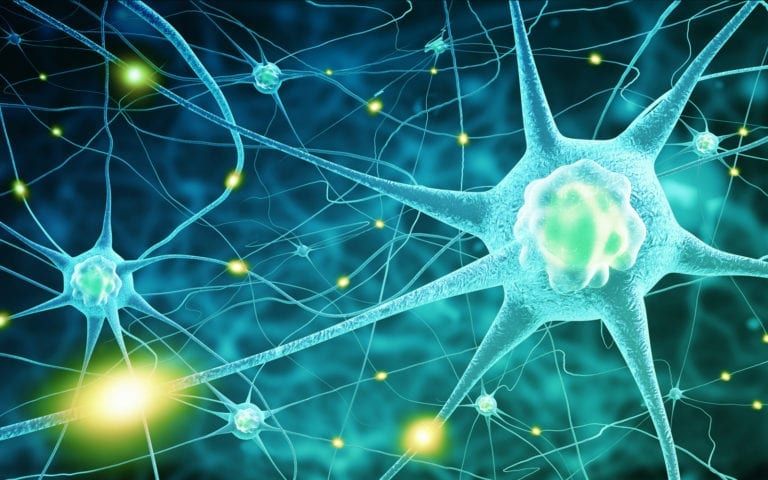What Central Sensitization Is and How It Contributes to Chronic Pain

Chronic pain throughout the back, spine, and nervous system is one of the most prevalent medical issues, and depending on the type of pain and its source, it can require constant management through medication and treatment. Pain itself is a tricky aspect of the human body, as it is the most significant contributor to disability and lacks any classifiable changes that can help further diagnosis and treatment for patients. However, recent studies have gone into the relationship between central sensitization and chronic pain disorders. Sensitization involves changes within the nervous system and can potentially affect patients’ chronic pain and how they experience pain.
Sensitization and the Nervous System
Pain modifies the central nervous system and how it reacts to certain sensations. Patients, however, can become sensitive to sensations that don’t typically produce pain. This pain echos to normal touch sensations and movements, and normal pressures and touch become more provoked to pain than expected. Central sensitization describes this activity in the nervous system, as it is amplified pain caused by oversensitivity of the nerves responsible for pain sensation.
In serious cases, extreme over pain sensitivity is evident, where even the slightest sensations can provoke the nerves to produce pain. However, for milder cases, patients with central sensitization cannot define pain levels. Their initial response to pain defines their memories, making pain worse than it should be more evident and sensitive to the patient. Central sensitization makes patients more vulnerable to pain overall, and it requires intense damage and stimulation of these nerves to become chronic.
How Is Central Sensitization Caused
Chronic pain outlives its original causes, worsening over time, and can be evoked by irritants such as muscle soreness. It’s generated over time even after the initial cause of the pain is treated, and can appear and disappear without any real indication of the reason. Central sensitization creates a significant problem for neurologists and physicians in treating pain because the cause of its chronicity affects how patients feel pain, rather than the cause of the pain itself. For many doctors, diagnosing central sensitization creates a gap in treating patients, and thus, is influenced by specific environments and genetics.
Central sensitization distorts the way patients perceive pain, and it’s all affected by neurology, and its a highly internal experience that’s often misunderstood. There’s sadly no good way to check the validity of your pain externally, because it is the patient’s pain, and no other doctor will know that pain, even though observation and diagnosis. Chronic pain can be influenced by real neurological problems and damaged nerves that affect how pain is felt daily.
So, what’s the best way right now to treat chronic pain and central sensitization? Soothing and normalizing the nervous system through practical treatment that considers its neurological effects.
If you wish to learn about central sensitization, how to detect your sensitivity to pain, and how it can be treated, contact Dr. Todd Bromberg at the Deleware Valley Pain & Spine Insitute in Chalfont, PA, for more information on how we can help treat your chronic pain.


Recent Comments